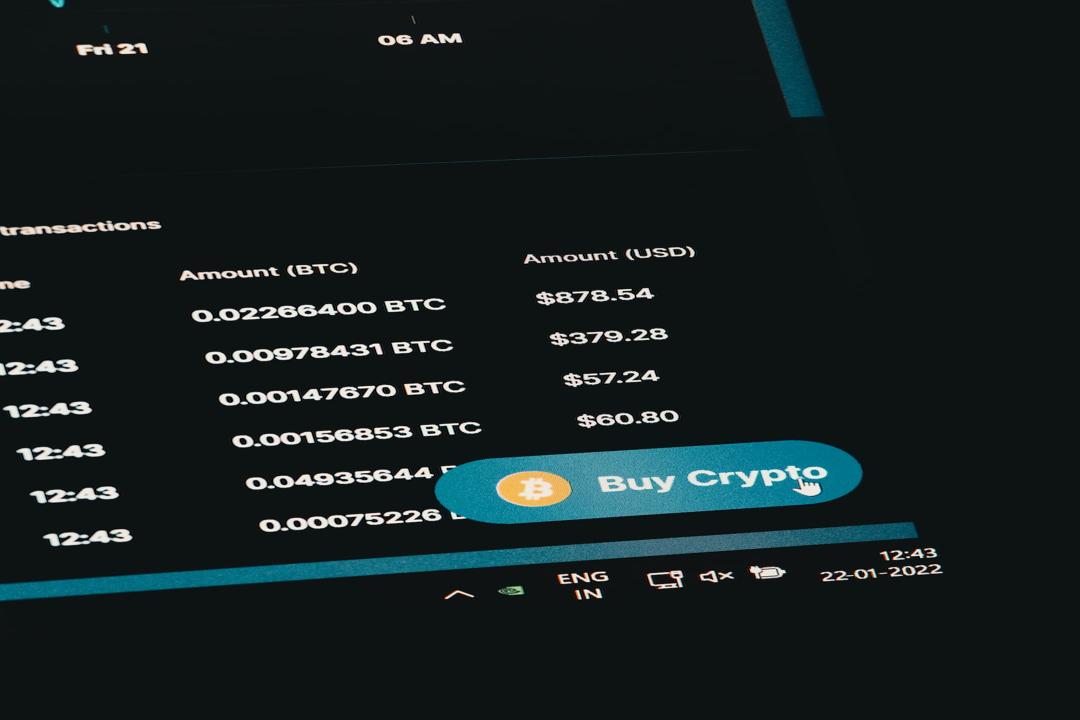Ether (ETH) has made several attempts to surpass the $3,900 mark in the past week but has been unable to maintain this level. The market had high hopes for a boost from the approval of a spot Ethereum exchange-traded fund (ETF) by the United States Securities and Exchange Commission (SEC), as Ether’s gains occurred before the decision was announced on May 21.
However, it appears that spot ETF traders are still waiting for the approval of the respective Form S-1 for each fund. Bloomberg ETF analyst Eric Balchunas predicts that trading of Ethereum spot instruments will begin by July 4, while his colleague James Seyffart noted that BlackRock’s updated S-1 on May 29 indicates that issuers and the SEC are working towards launching spot Ethereum ETFs.
Analysts suggest that ETH could face pressure if the Grayscale Ethereum Trust (ETHE) experiences outflows in the weeks following its conversion to an ETF. Similar issues have affected Grayscale’s Bitcoin fund (GBTC) due to its high fees. Speculation is that outflows from Grayscale ETHE alone could exceed $100 million per day in the initial weeks, potentially offsetting or surpassing any inflows from new investors.
Essentially, Ether’s failure to break the $3,900 resistance can be attributed to the rally leading up to the spot ETF approval. The fact that some investors are disappointed that effective trading will take longer has created uncertainty and had a negative impact on the price. This could spell trouble as Ether’s futures open interest reached its highest level ever on May 28.
The $16.8 billion in Ether futures open interest poses a risk of liquidations due to the higher notional value involved. If long positions are using leverage, they may be forcefully liquidated if Ether’s price drops by a certain percentage. Similarly, if short positions are using excessive leverage and Ether’s price suddenly rallies, exchanges will automatically buy ETH futures to eliminate their risk. This poses a risk for potential buyers and keeps the ETH price below $3,900.
While Ethereum’s high gas fees indicate a continuous demand for block space, they also provide an opportunity for competing blockchains that focus on high scalability. Some activity has migrated to Ethereum layer-2 solutions, but other users and projects are opting for BNB Chain, Solana, or Aptos.
It would be naive to assume that every decentralized application (DApp) requires the level of decentralization provided by Ethereum. Users engaging in simple finance, gambling, or games may be unwilling to use bridge solutions to access a lower-fee environment. As a result, Ethereum’s mainnet volume growth is falling behind its competitors, which is seen as a missed opportunity.
On May 30, Ethereum’s daily active addresses engaging with DApps declined by 2% compared to the previous day, while the total volume transacted on the Ethereum network increased by only 2%. This data shows a tendency to adopt alternative blockchains despite Ethereum’s strong fundamentals, multiple DApp use cases, and diverse investor profiles. For example, BNB Chain has over four times the daily active addresses compared to Ethereum, and users have transacted over $3.5 billion on PancakeSwap in the past week. These on-chain metrics do not inspire confidence and further limit Ether’s potential to surpass $3,900 in the near term.
Please note that this article is for general information purposes only and should not be considered legal or investment advice. The views expressed here are the author’s alone and do not necessarily reflect the views of Cointelegraph.

